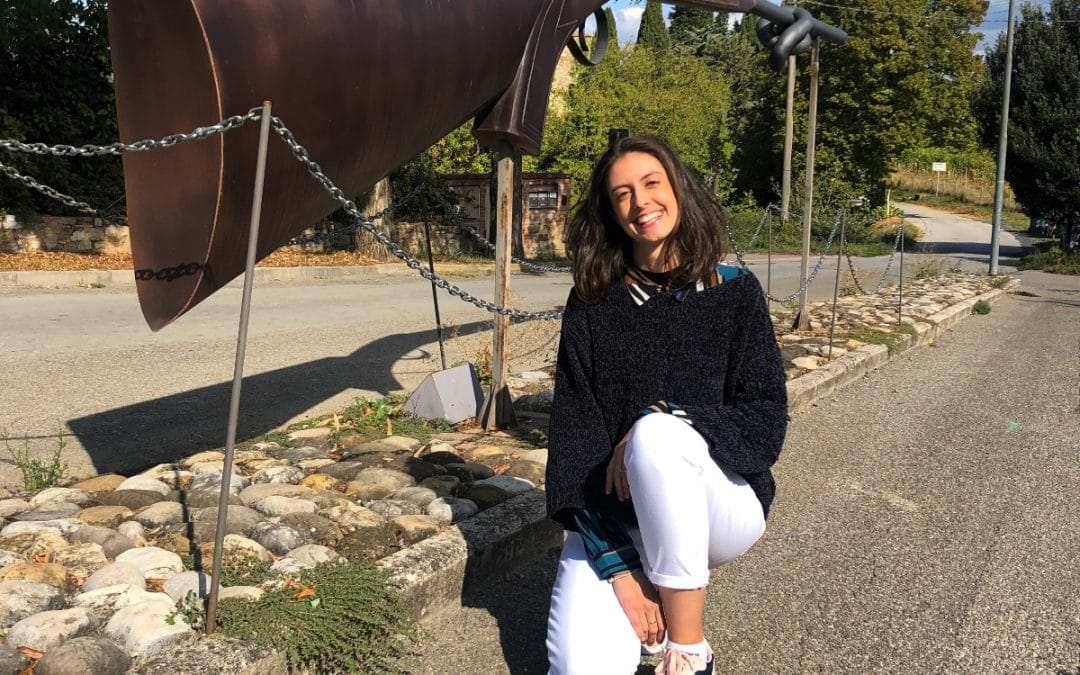
by Giulia | Mar 15, 2022 | The Chianti area with its castles
Pievasciata A combination of nature and art Pievasciata is a small village located in the municipality of Castelnuovo Berardenga, in the province of Siena. The village was born with the foundation of the parish church in the 10th century, dedicated to Santa Maria ad...
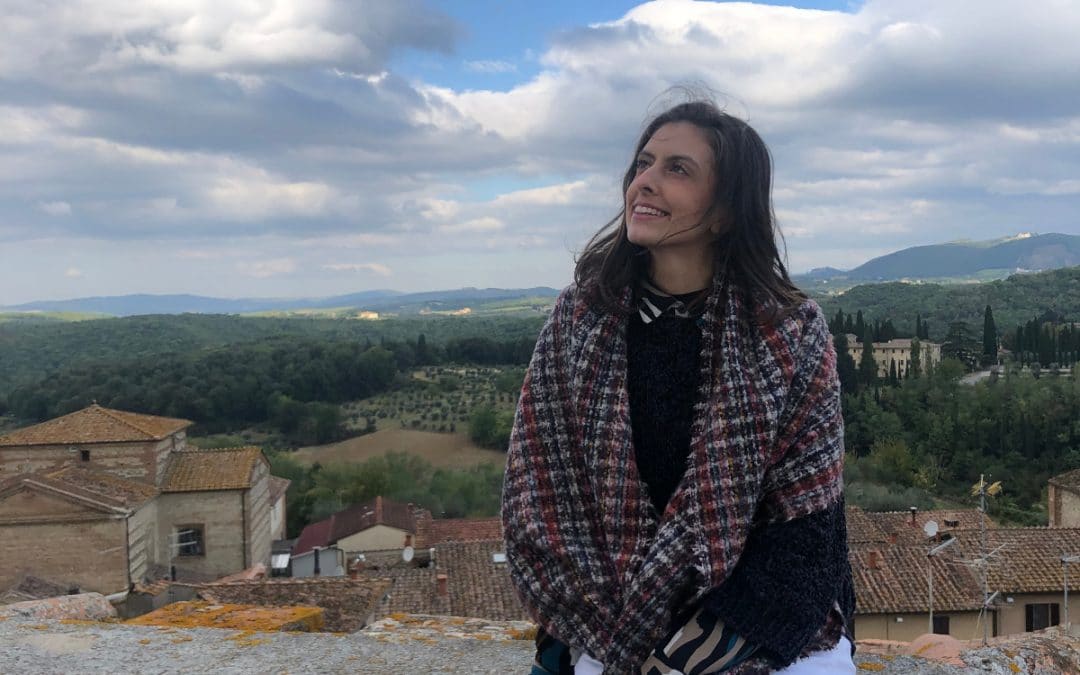
by Giulia | Mar 15, 2022 | The Chianti area with its castles
Castelnuovo Berardenga A journey through time between the Crete Senesi and the Chianti region Castelnuovo Berardenga is located in the southern area of Chianti Classico, less than 20 km from Siena, with the borders marked by the Ombrone and Arbia rivers. Its name...
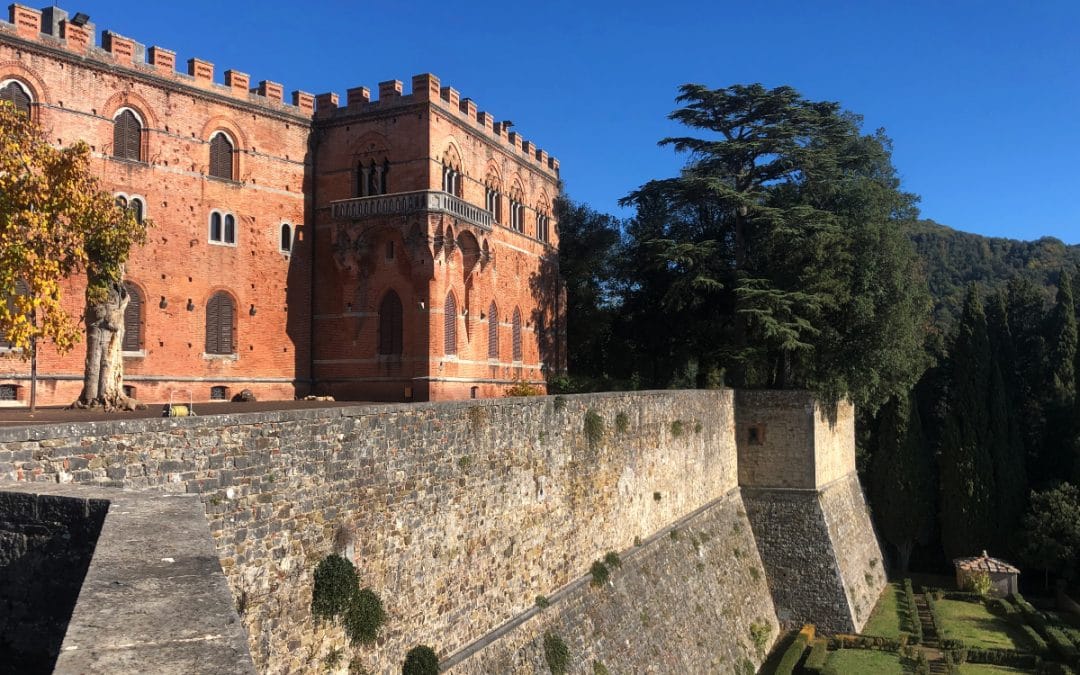
by Giulia | Nov 18, 2019 | The Chianti area with its castles
Brolio Castle Among thousands of colors and shades, soft hills, velvety valleys and thick woods The Brolio Castle belongs to the Ricasoli family since 1141. Over the centuries, it has suffered destruction in numerous battles of which it still bears the signs. The...
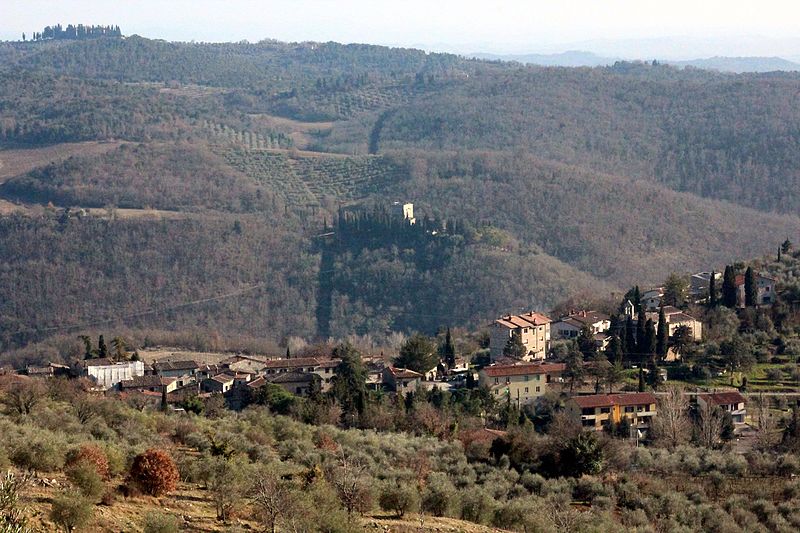
by Giulia | Nov 16, 2019 | The Chianti area with its castles
Lecchi in Chianti A suggestive and exciting place The characteristic village of Lecchi in Chianti is flanked along the main road that goes up to Ama. With its stone houses and a more than dignified church, this place is the ideal place for a break and for a walk among...
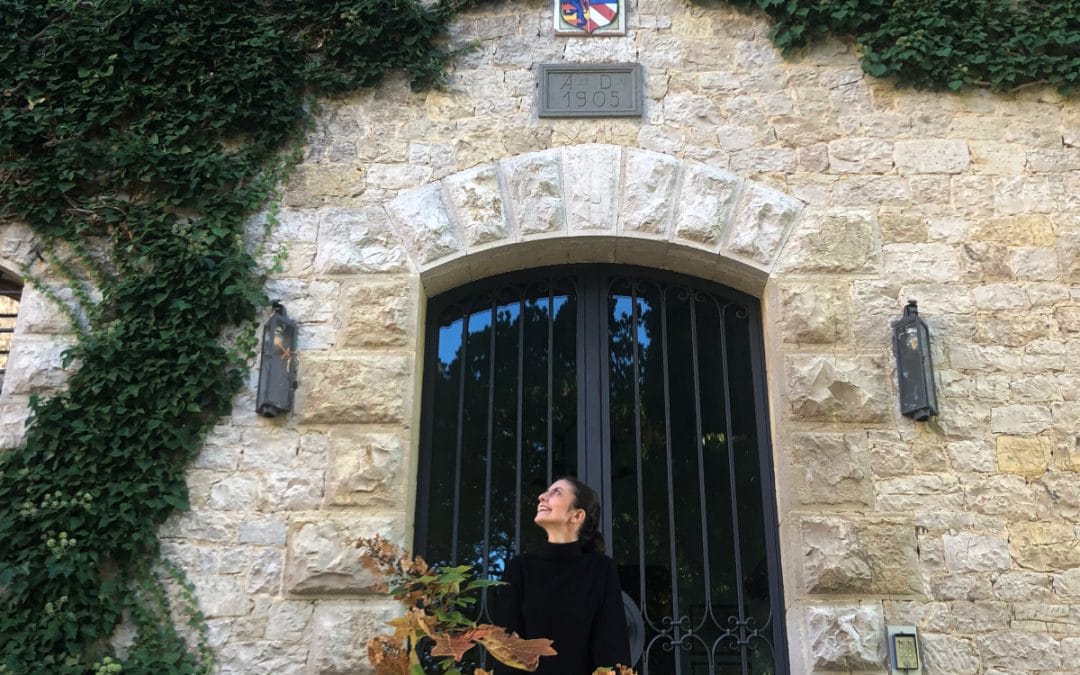
by Giulia | Nov 14, 2019 | The Chianti area with its castles
Parish Church of San Polo in Rosso Its forms are reminiscent of a strange union between the sacred and the military Of great artistic interest is the parish church of San Polo in Rosso, already mentioned before the year 1000 as property of the Firidolfi family, later...
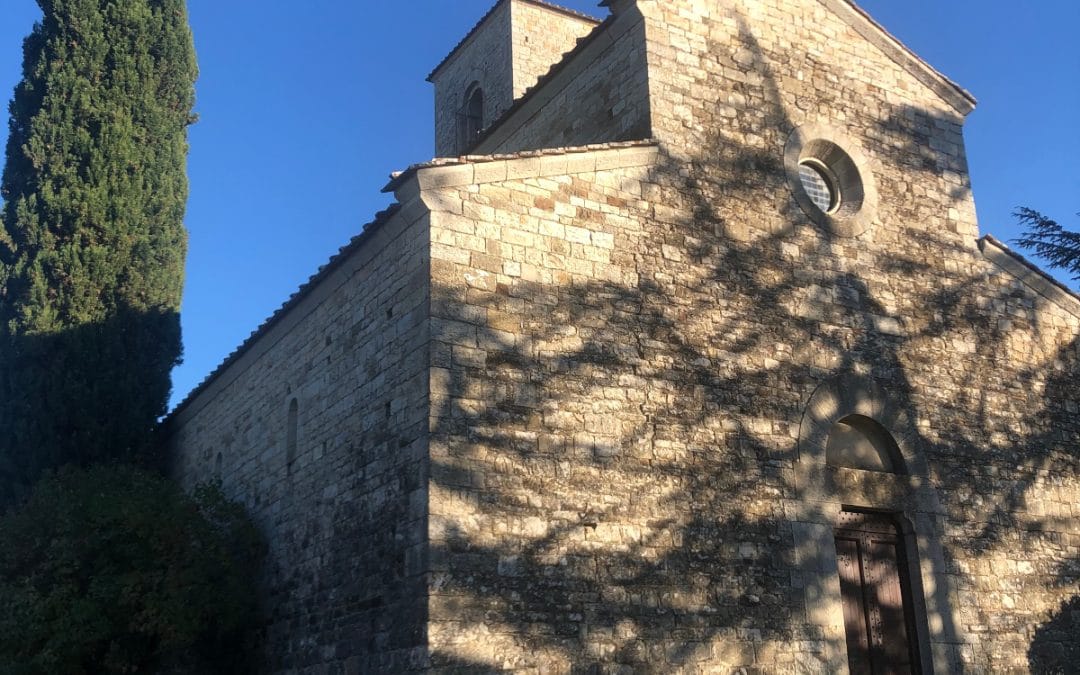
by Giulia | Nov 13, 2019 | The Chianti area with its castles
Romanesque parish church of San Giusto in Salcio Sober, but imposing with the grey/soft colour of the stone The parish church of San Giusto in Salcio is an ancient Catholic church among the oldest in Chianti and belongs to the diocese of Fiesole. Continue with the...







